“When words become unclear, I shall focus with photographs. When images become inadequate, I shall be content with silence.” — Ansel Adams
Photography is one of those hobbies that never leaves you satisfied, especially with the equipment we use. One of the most difficult and costly issues is keeping cameras and lenses up to date. I began my photographic career with a basic entry-level DSLR, the Nikon D3100, and the included kit lens. I always advise beginners to start with a simple model until they understand the fundamentals of photography, such as aperture, shutter speed, and ISO. Many of them are able to purchase a high-quality DSLR, but owing to a lack of information, they end up with poor photographs. I was also one of them.
I attempted to grasp photography ideas by watching YouTube videos and began experimenting on a daily basis. One thing is certain: practice makes perfect, and there is no set formula for your composition because it changes depending on the location, topic, and lighting.
After six years with a simple camera, I upgraded to a Nikon Coolpix P950 then a year later to a beast Nikon D500 with Nikkor 200-500mm F5.6 lens, which is a lethal combo for wildlife photography once again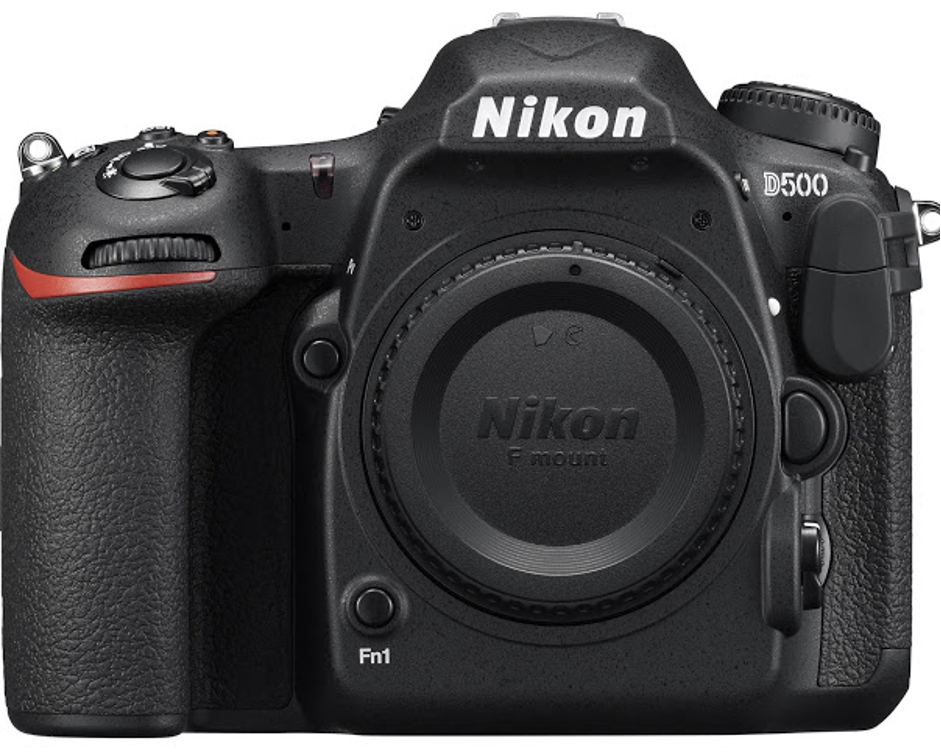 Nikon D500
Nikon D500
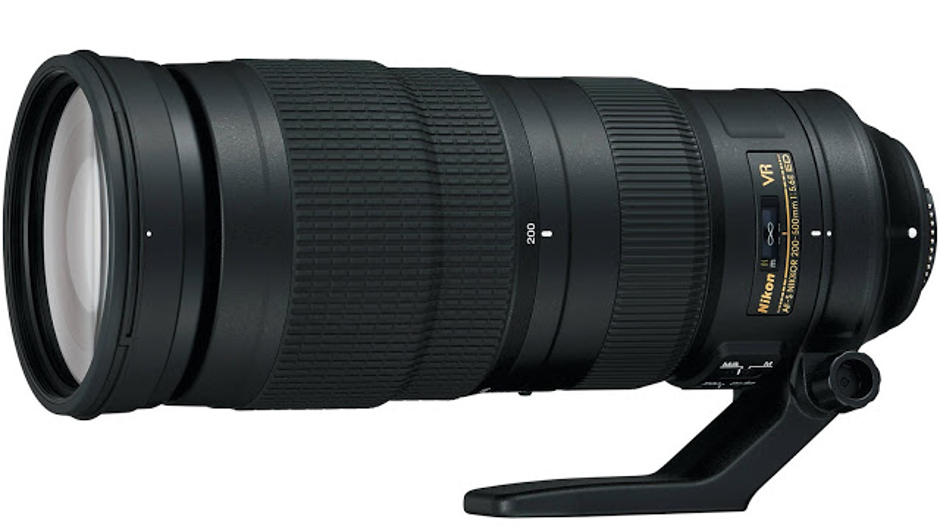
Nikkon 200-500MM F5.6 Lens
Nikon Coolpix P950 has 2000mm zoom which is an ultimate camera for birding. But again, it is not a DSLR but it’s a bridge camera. The basic and big difference between digital cameras, bridge cameras and mobile cameras and DSLR is that you can shoot in RAW format in DSLR, but other cameras just give you JPEG format.
JPEG format is a processed image and you do not have any option to edit those images further. But RAW file format camera captures the image exactly as seen through your eyes and you can play around with your images in post editing. About Nikon D500, it’s an absolute beast machine for wildlife photographers. With 10fps/sec you can freeze the fast-moving subject and get that one perfect image you required.
Selecting a camera is purely depend on the nature of photography you are in to. If you are into wildlife and birding, then you need a camera which has a better focusing speed and frames per second in order to capture the action. There are a lot of reasons for people starting in photography or trying to become a photographer. Be it as a hobby, to make some extra money, to make it a main source of income, or whatever the reason might be, it takes careful thought when purchasing a camera.
The most common question that I usually see on groups from people is “what camera should I buy?” Well, let me stop here to tell you. These aren’t the best questions to make when starting photography, especially if you don’t know anything about it or how to use a camera.
The initial question shouldn’t be about the camera (especially about brands, it should be about type of camera instead), but how to learn photography in first place. And to learn, you can use something that you might already have, a smartphone. But, if you really want to learn with a camera, the best camera to use to learn is any camera that you can shoot in raw format, has manual controls, a pop-up flash and/or has a hot shoe to add a Speedlight (more on that later), and doesn’t have interchangeable lenses.
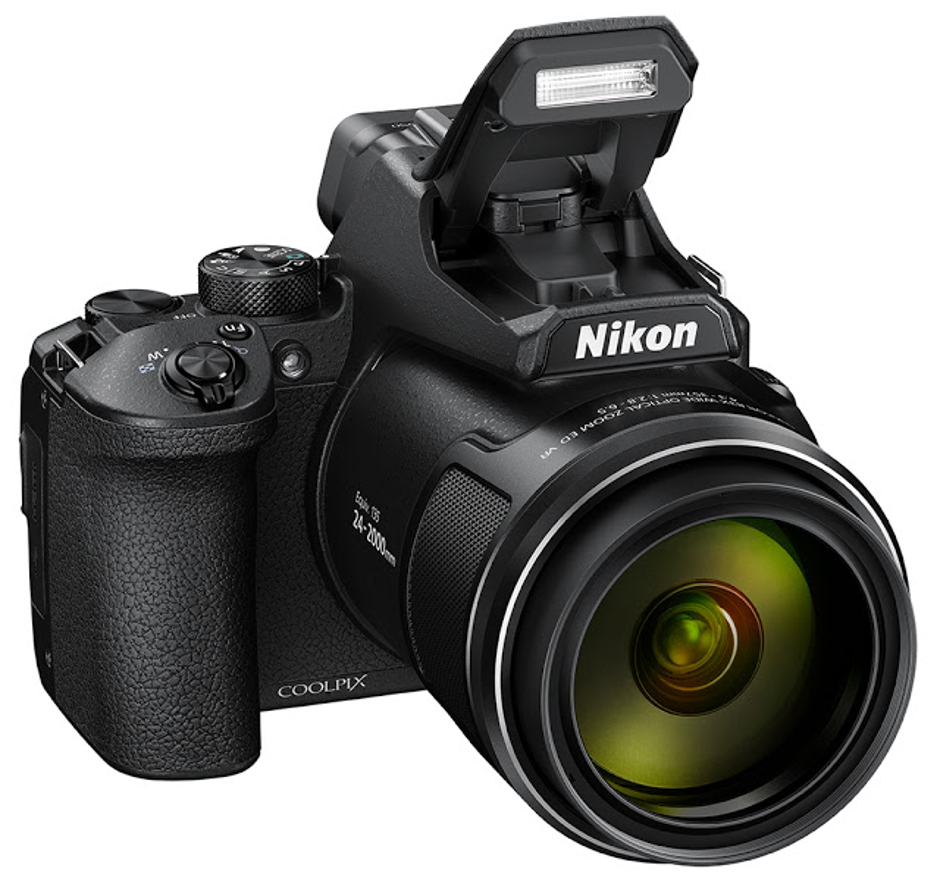
Nikon Coolpix P950
If you buy some camera like a DSLR or a mirrorless, be it a crop sensor (APS-C sensor) or full frame sensor, you’ll eventually need to buy other lenses as well, and it’ll add to the amount of money you’ll invest in your new hobby (and make it harder to learn too, since you’ll be adding more problems to the equation). And with a good superzoom, you’ll have a lot of options in one lens, so it’ll be easier to test different zoom ranges, so you’ll find later which ones you use the most, and when upgrading for a more serious approach in equipment, you’ll know in advance what zoom range you like the better. Also, it’ll make it easier to change brands, since you won’t have a collection of lenses)
The advantage of buying a camera which allows you to shoot in manual mode and use raw format is that you’ll be able to edit the images in post better(and learn how to develop the RAW file) and with that, learn what you can and what you can’t do, so when you decide to buy another camera with interchangeable lenses, you’ll know with more confidence what you need to upgrade.
And about the pop-up flash, for one, you’ll be able to use flash when you need (and learn how to use it to balance/modify the light on the scene, and not as the main light source), but also to trigger some off-camera flashes too (most Speedlight's have a built-in receiver that can be used to fire the Speedlight when another flash is fired). Of course, if you have the money to spend and don’t care about it, go for the more expensive route if you desire.
This is what I usually suggest for the people who ask me about it, and maybe it will help you reading this as well. And if you are an experienced photographer, you can add your suggestions about this topic in the comments below too, so it’ll help people starting.
The year 2020 was most exciting as I was eagerly waiting for the second generation of Nikon Z series. And the wait was finally over on 14th Oct 2020 as Nikon officially announced the second generation of Z series, Nikon Z6ii and Z7ii. As i was using the DX format D500 I always missed the FX camera as I was not having one, and this was the right time to add one to my camera bag. Finally i got my hands on brand new Nikon Z6ii on 5th Nov 2020 one among the guys who got their hands on it before the official sales date i.e. 7th Nov 2020.
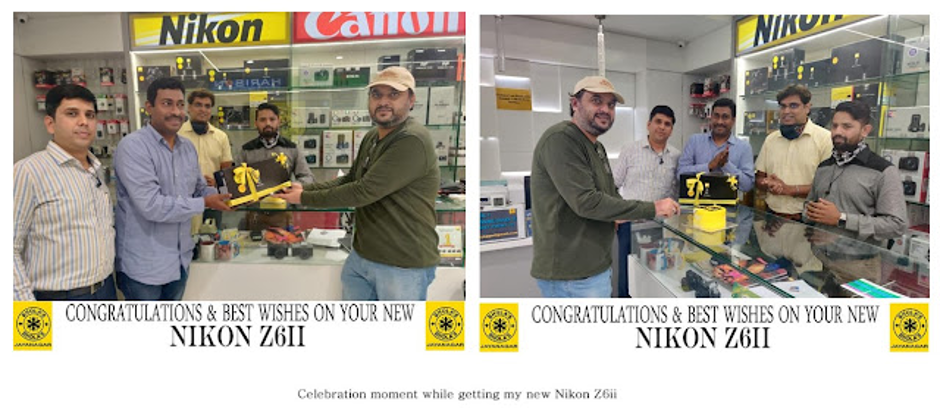
So now one more body is added to my camera bag i.e. Nikon Z6ii. Mirrorless cameras are the upcoming future of cameras but that doesn't mean DSLR's are dead. Many people are still shooting in DSLR and it will take long time to fully migrate to Mirrorless cameras as the method and technology is completely different and will take time to get use to it. I wanted to try mirrorless camera so bought it and i am using both the bodies Nikon D500 (DX) and Nikon Z6ii (FX) along with my Nikon Coolpix P950. It is one of the best and deadly combo I have created for my wildlife photography. I always carry all three bodies with me during safari.
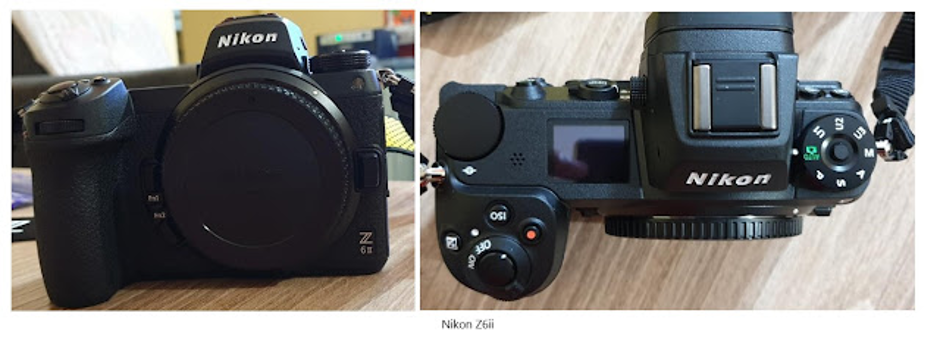
So well these are the gadgets i am using for my wildlife photography. For people who ask me which camera is good or which lens is good, my answer to them is the camera and lens which you can afford is the best one. Yes exactly, but while investing please look into this that 40% in Camera body and 60% on Lens as only good lens can give you the best quality image.